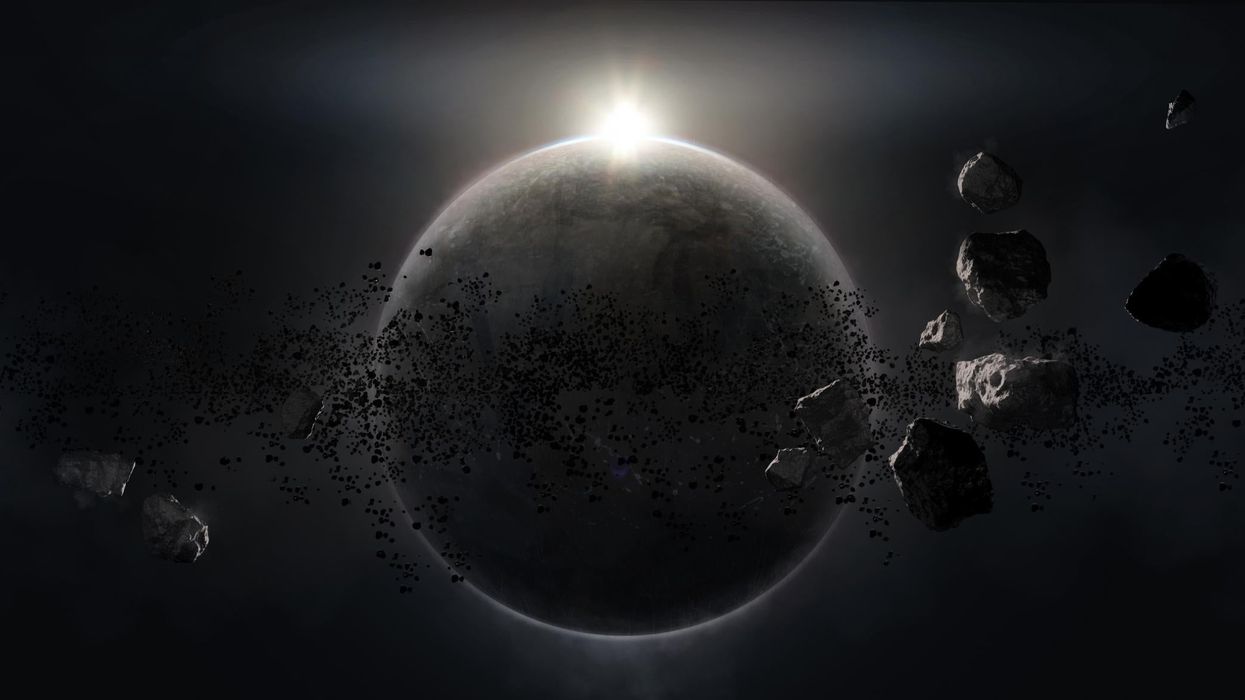Jake Hall
Apr 29, 2023

Picture:
iStock / everlite
There’s a lot we don’t know about the universe.
Including what the hell this Jupiter-sized planet, known as WASP-104b, actually looks like.
This massive, gassy world - which is “darker than charcoal” - is one of the darkest planets to ever be detected. It may swallow up to 99 per cent of the light shed on it by a local star.
Scientists have had to guess what the dark planet looks like using the transit method, which measures the dimming of a distant star as a planet passes in front of it. Using this, a new paper has described the planet in unprecedented detail.
Tom Mocknik, a researcher at Keele University, told New Scientist: "From all the dark planets I could find in the literature, this is top five-ish. I think top three."
The planet is tidally locked, meaning one face of it is always facing its sun, whereas the opposite is always facing away. This results in one side of the planet being locked in an endless day - the other, an endless night.
As for the dayside of the planet, scientists theorise it appears so dark because it is likely too small for ice and clouds - which reflect stellar radiation and brighten the planet - to form.
It’s not the darkest planet to ever be discovered – that accolade still goes to TrES-2b, first discovered in 2011. Speaking at the time, astronomer David Kipping explained: "TrES-2b is considerably less reflective than black acrylic paint, so it’s truly an alien world."
Discoveries like these only remind us of just how incomprehensibly small Earth is in comparison to the rest of the universe – and how much research there is still be done.
Have your say in our news democracy. Click the upvote icon at the top of the page to help raise this article through the indy100 rankings.
Top 100
The Conversation (0)













